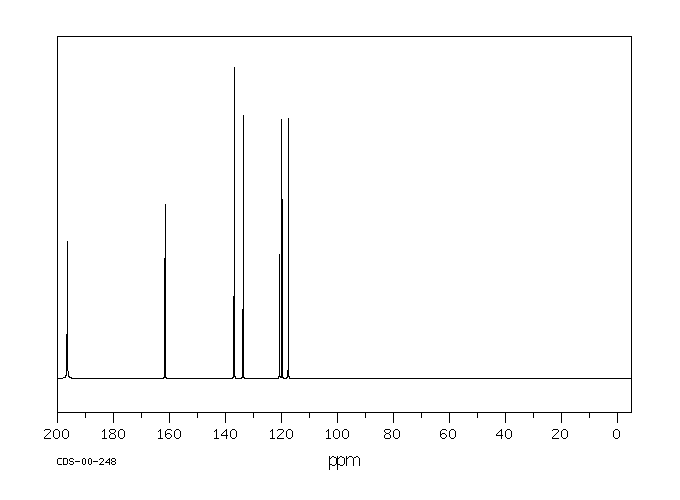毒理性
识别和使用:水杨醛是一种液体。它用于分析化学、香水(紫罗兰)、香豆素的合成、作为辅助熏蒸剂和调味料。人体研究:一位处理过各种树叶的麋鹿研究员出现了手部、面部、褶皱、躯干和四肢的湿疹。贴片测试显示对水杨醇、水杨醛、秘鲁香脂(秘鲁香脂树脂)、白杨木尘和白杨树皮提取物敏感。除了水杨醇,水杨醛也建议用于筛查对白杨的接触过敏。这两种化学物质都应该在白杨生长地区的森林工人中进行测试。动物研究:连续10天或更长时间给雄性大鼠喂食水杨醛,会增加肝脏和肾脏微体的数量和大小,并导致纤维状物质出现。该药物没有导致小鼠肝脏微体或可移植大鼠肝癌微体中出现纤维状物质。水杨醛在大鼠和小鼠中引起了低钙血症。水杨醛及其乙酰衍生物在啮齿动物中作为镇痛剂和抗炎剂的效力都低于水杨酸和阿司匹林。
IDENTIFICATION AND USE: Salicylaldehyde is a liquid. It is used in analytical chemistry, perfumery (violet), synthesis of coumarin, as an auxiliary fumigant, and flavoring. HUMAN STUDIES: An elk researcher who had handled leaves from various trees presented with eczema of the hands, face, flexures, trunk and extremities. Patch testing showed sensitivity to salicyl alcohol, salicylaldehyde, balsam of Peru (Myroxylon pereirae resin), aspen wood dust and an extract prepared from the bark of aspen (Populus tremula). Besides salicyl alcohol, salicylaldehyde is also recommended to be used to screen for contact allergy to aspen. Both of these chemicals should be tested in forest workers in areas where aspen is growing. ANIMAL STUDIES: Salicylaldehyde fed to male rats for 10 days or more caused an increase in the number and size of hepatic and renal microbodies and caused fibrillar material to appear. The drug did not cause fibrillar material to appear in hepatic microbodies of mice or microbodies of transplantable rat hepatomas. Salicylaldehyde evoked a hypocalcemia in rats and mice. Salicylaldehyde and its acetyl derivatives are all less potent analgesics and antinflammatory agents in rodents than salicylic acid and aspirin.
来源:Hazardous Substances Data Bank (HSDB)









